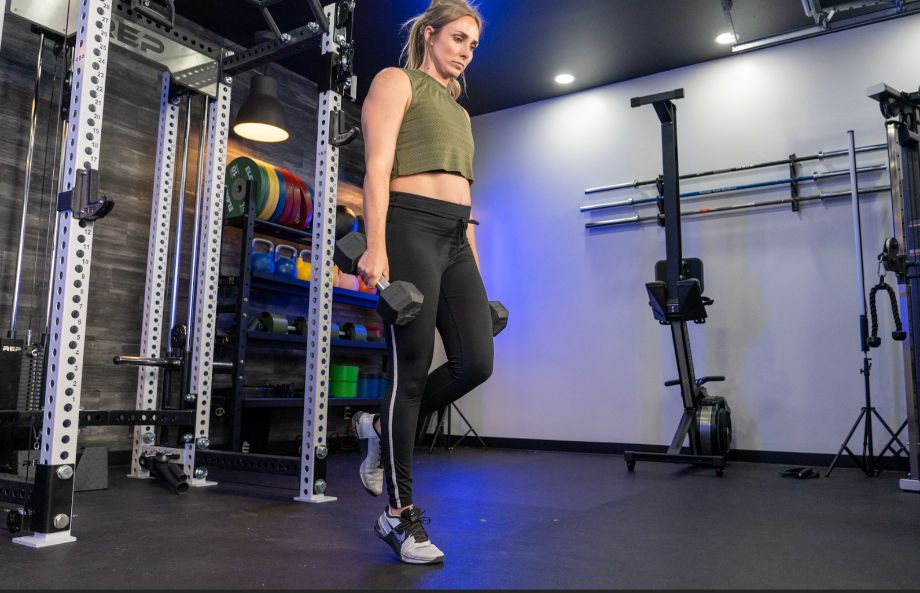We test and review fitness products based on an independent, multi-point methodology. If you use our links to purchase something, we may earn a commission. Read our disclosures.
Most workout programs revolve around bilateral exercises, and it makes total sense. I mean, why waste precious time doing bicep curls with one arm just to switch sides and do the whole thing again when you can get both sides done simultaneously (with a pair of the best dumbbells or a barbell)?
RELATED: Barbell Buying Guide
Performing bilateral movements is effective, time-efficient, and super popular, but you may be leaving gains on the table if you’re not mixing in some unilateral training. Kate Meier, NASM-CPT, USAW-L1, CF-L1, and GGR Head of Content, explains why unilateral training is worth your while, and shares some of her favorite unilateral exercises.
Read on for more!
What Are Unilateral Exercises?
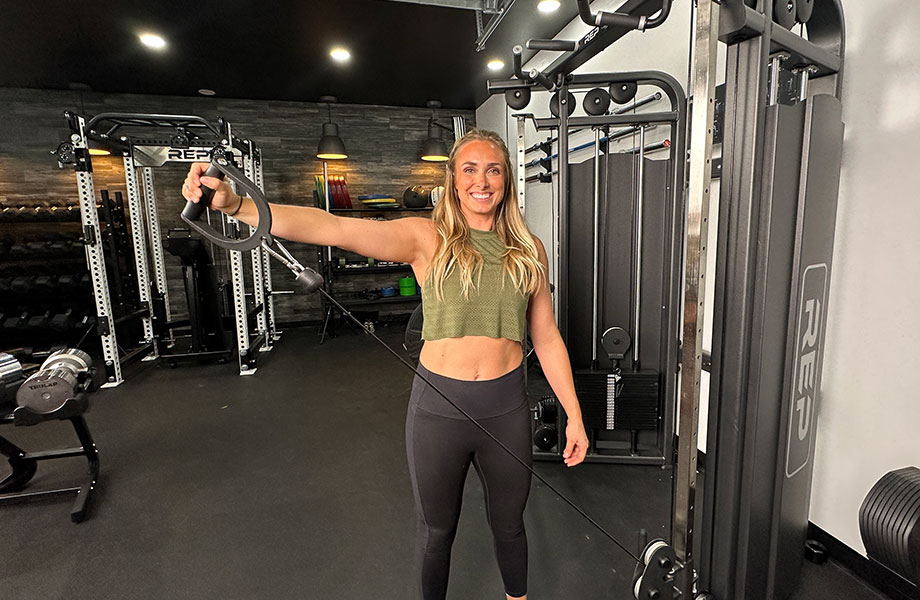
Unilateral exercises are movements or lifts performed using one side or limb at a time. They include bodyweight movements—like the lunges exercise or single-leg squats—or free weight lifts—like single-arm bicep curls or dumbbell rows.
Unilateral exercises can be performed by doing all reps on one side before moving to the next, as with the Bulgarian split squat, or by alternating sides on each rep, as with alternating lunges.
Benefits of Unilateral Exercises
Going from bilateral exercises to unilateral exercises isn’t the most time-efficient of moves, so what benefits should you expect to reap as a result of the extra time commitment?
“Our dominant side tends to compensate for the weaker side when doing bilateral exercises,” says Kate Meier, NASM-CPT, USAW-L1, CF-L1. “This leads to strength and muscle imbalances that unilateral training corrects.”
Professional bodybuilders know that they don’t stand a chance competing in their sport if they aren’t perfectly symmetrical, but why should the average lifter care?
RELATED: Bodybuilding Workouts
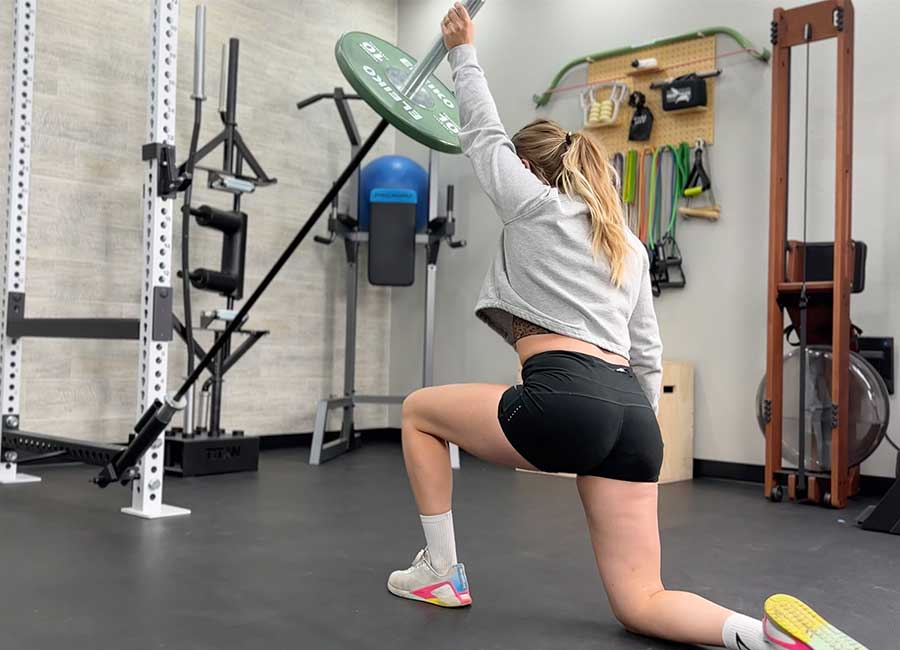
Picture this—you’re about to shoot for a new PR on the barbell bench press. You’re warmed up, you’ve got a good spotter in place, and your favorite tunes are coming through the headphones. You feel like you’re going to absolutely crush it!
You bring the bar down, exhale hard, and push, but while the right side rises fine, your left side hits a sticking point hard. After a struggle, the bar starts falling, and your spotter swoops in.
What we’re describing is a result of a bilateral deficit1, which happens when there is a significant strength disparity between your two sides. It can adversely affect your weightlifting, sports performance, and even your ability to complete everyday tasks.
In addition, unilateral exercises create a balance challenge that requires core stabilization to combat, resulting in muscle activation of the trunk and core muscles and improved core stability.
RELATED: Balance Exercises
In fact, a study in the Journal of Strength and Conditioning Research2 found that “trunk strengthening can also occur when performing resistance exercises for the limbs, if the exercises are performed unilaterally.”
Who Should Do Unilateral Training?
Everyone can benefit from unilateral training, but some stand to benefit more.
Athletes, for example, perform many sport-specific movements unilaterally, including basketball layups, soccer shots, tennis strokes, and more. A 2023 study in Frontiers in Physiology3 found that “[unilateral] training has a more significant effect on jumping and strength quality for unilateral power patterns,” meaning athletes will find unilateral exercises especially useful.
Unilateral exercises can also be useful for individuals who are undergoing post-injury rehabilitation. Performing single-arm or single-leg exercises provides more control over the load that the recovering limb must manage, ensuring it is never overburdened.
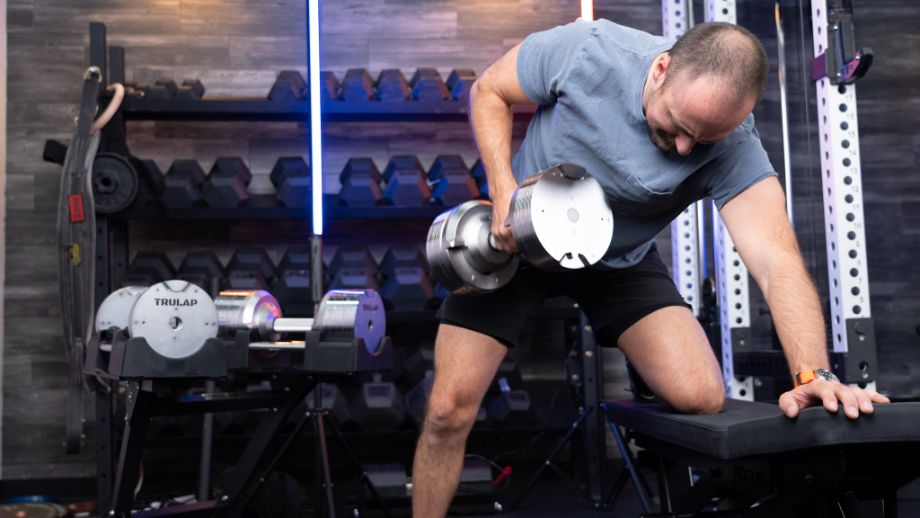
“Unilateral exercises are useful during recovery also in part due to cross-education, which is a phenomenon in which an untrained limb experiences strength increases following training of the contralateral limb,” says Kate.
Scientists aren’t totally sure why cross-education occurs, but it can be very useful.
A 2019 study performed by the European Society of Sports Traumatology4 found that “quadricep strengthening of healthy limbs in early phases of ACL rehabilitation improved post-surgical quadriceps strength recovery of the reconstructed limb.”
Another study5 concluded that “single-limb balance training for the non-affected side is effective in improving the postural control of the affected side in patients with [chronic ankle instability],” meaning cross-education can yield improvements to balance and stability as well.
Best Unilateral Exercises for Legs
Here are our picks for the best unilateral exercises for your next leg day session!
Lunges
Why we love it: “Lunges are one of the most popular lower body exercises,” says Kate Meier, CPT, USAW-L1, CF-L1. “They target muscles like the glutes, hamstrings, and quads while increasing your overall balance and improving hip strength and mobility.”
How to do it:
- Step forward with your right leg, letting your left knee sink towards the floor.
- Continue shifting your weight forward until both knees form 90-degree angles.
- Push through your right foot and step back to center.
- Repeat as needed, then do the left leg, or alternate legs after each rep.
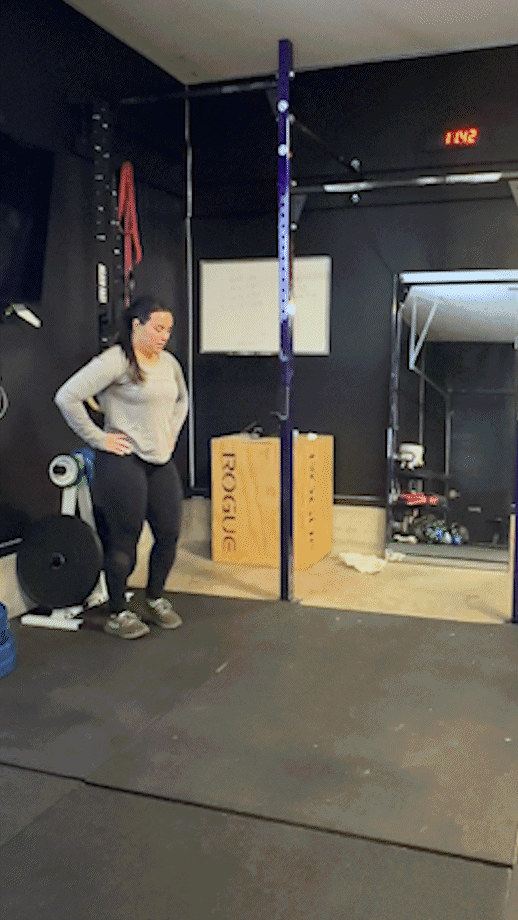
Split Squats
Why we love it: Split squats target many of the same muscles as the forward lunge and back squat, but they also enhance unilateral sport-specific movements thanks to the split stance.
How to do it:
- From a staggered stance, bend both knees until they form 90-degree angles.
- Push through the front foot to stand back up.
- Switch sides and repeat the set.
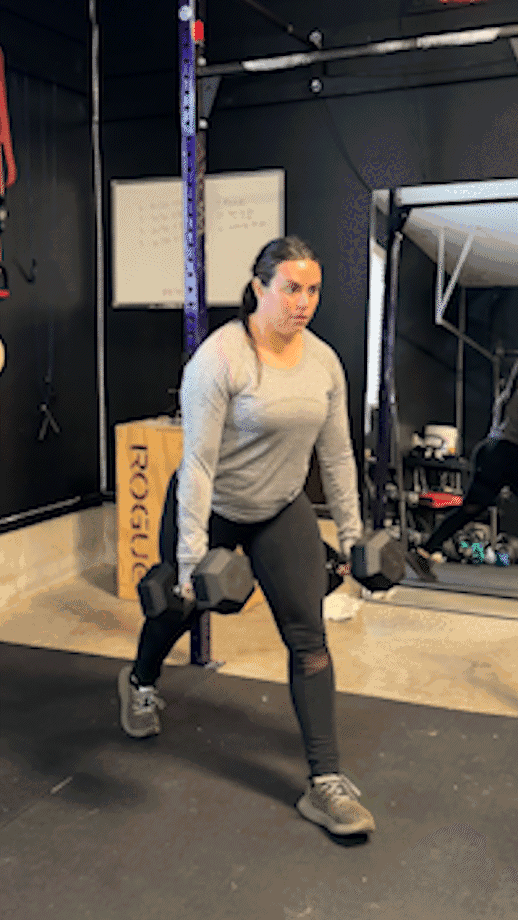
Box Step-Ups
Why we love it: Box jumps are an amazing plyometric exercise, but step-ups can still be very effective. Step-ups are also gentler on the joints, improve knee stability, and correct muscle imbalances.
How to do it:
- Place a plyo box in front of you.
- Step onto the box with your left foot, following with the right.
- Stand up completely, then step off the box and return to the floor.
- Complete all reps leading with the left foot, then switch to the right, or alternate which side leads for each rep.
RELATED: Best Plyo Boxes
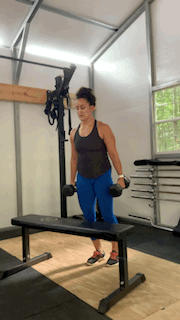
Single-Leg Hip Thrust
Why we love it: “The single-leg hip thrust improves hip mobility and stability,” says Kate. “It can be performed with just your bodyweight or with a free weight placed in your lap.”
How to do it:
- Set up a weight bench behind and sit with your upper back and shoulders against it.
- Lift one leg into the air, keeping the other leg’s knee bent and foot planted on the floor.
- Push through the planted foot and thrust your hips upward.
- Squeeze your glutes, then come back down.
- Repeat as needed, then switch sides and repeat the set.
RELATED: Best Weight Bench
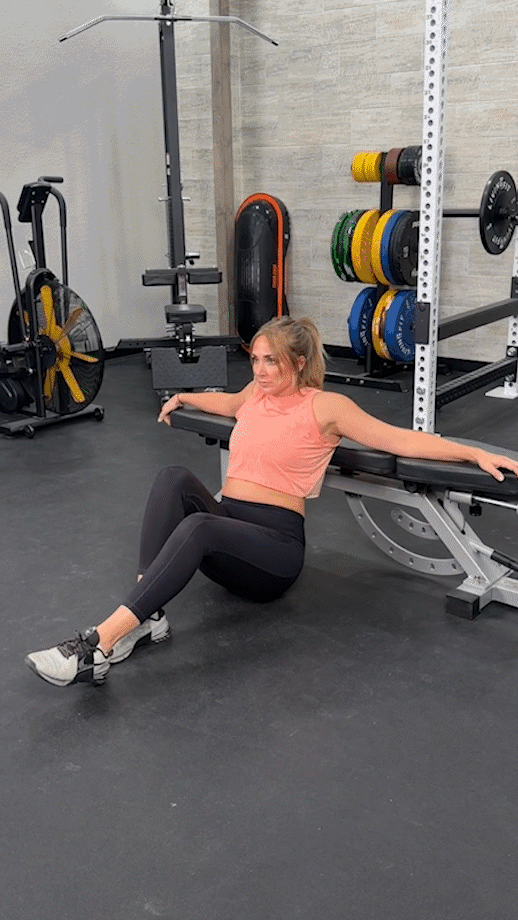
Single-Leg Deadlift
Why we love it: According to a 2021 study in the International Journal of Exercise Science6, the single-leg version of this strength training classic offers increased muscle activation in the glutes and hamstrings.
How to do it:
- Place a kettlebell (or dumbbell) on the floor in front of you.
- Lift one foot off the floor and hinge forward, bending the knee of your working leg to grip the kettlebell’s handle.
- Push through your planted foot and straighten your leg to stand.
- Squeeze your glutes, then reverse the movement and bring the kettlebell back down.
- Repeat as needed, then switch sides and repeat the set.
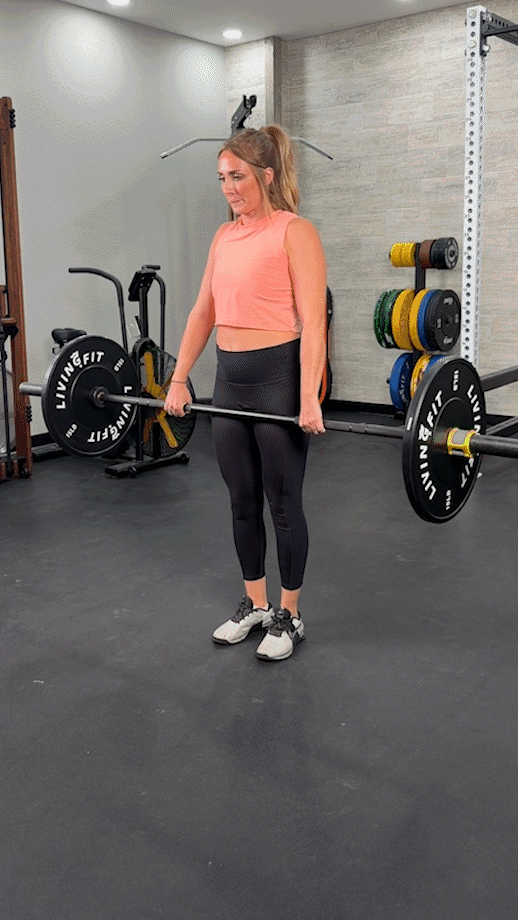
Single-Leg Romanian Deadlift
Why we love it: According to a 2023 study in Medicine and Science in Sports and Exercise7, the single-leg RDL is one of the best exercises for preventing and/or rehabbing glute injuries. The Romanian deadlift is also easier on the lower back than the standard deadlift.
How to do it:
- Select your free weight and stand with one foot off the floor.
- Maintaining a slight bend in your working knee, bring the hips back and chest down towards the floor. Your other leg will “float” into the air behind you.
- After you feel a stretch in your working hamstring, drive through your heel and stand.
- Repeat as needed, then switch sides and repeat the set.
RELATED: RDL Workout
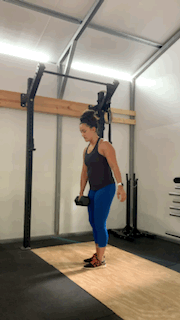
Lateral Lunges
Why we love it: “Lateral lunges are especially good for your hip adductors,” says Kate, “contributing to greater overall hip flexibility and mobility.”
How to do it:
- Step to your right as far as possible, bending your left knee as you move.
- Pause, then drive your right foot into the floor to step back to the starting position.
- Repeat, but this time, step to the left instead. Repeat as needed.
RELATED: Best Adductor Exercises
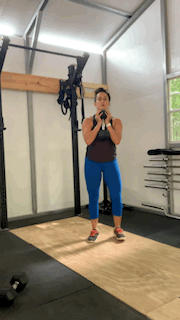
Best Unilateral Exercises for Upper Body
Don’t worry; there are plenty of unilateral exercises for the upper body too!
Single-Arm Overhead Press
Why we love it: Performing the shoulder press with one side of your body helps you make unilateral strength gains and address bilateral deficits.
How to do it:
- Hold a dumbbell or kettlebell at shoulder height with your palm facing away.
- Press the dumbbell overhead and squeeze the contraction.
- Slowly lower the weight back down.
- Repeat as needed, then switch sides.
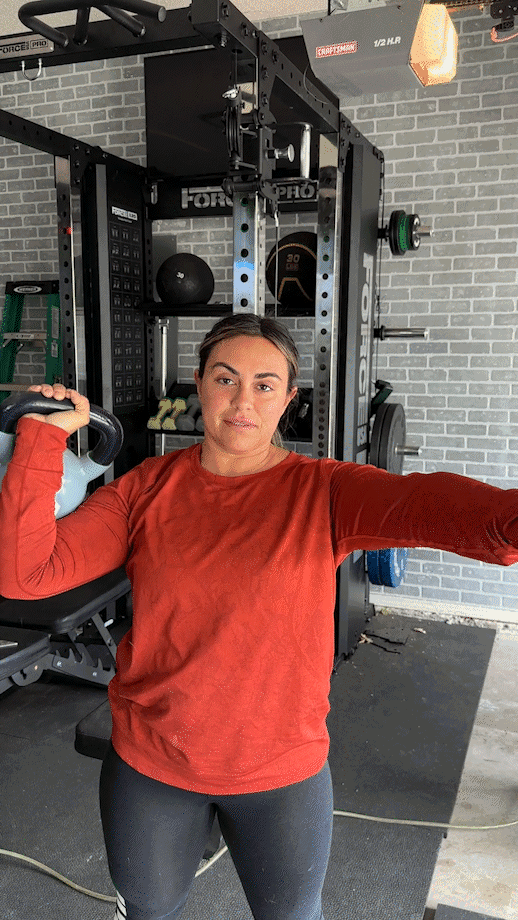
Seated Single-Arm Overhead Press
Why we love it: “Sitting down eliminates your ability to use your lower body muscles and cheat,” says Kate. “You also get back support from the seat back, which is always a plus!”
How to do it:
- Sit down with a dumbbell held at shoulder height.
- Press the dumbbell overhead, then slowly lower the weight back down.
- Repeat as needed, then switch sides.
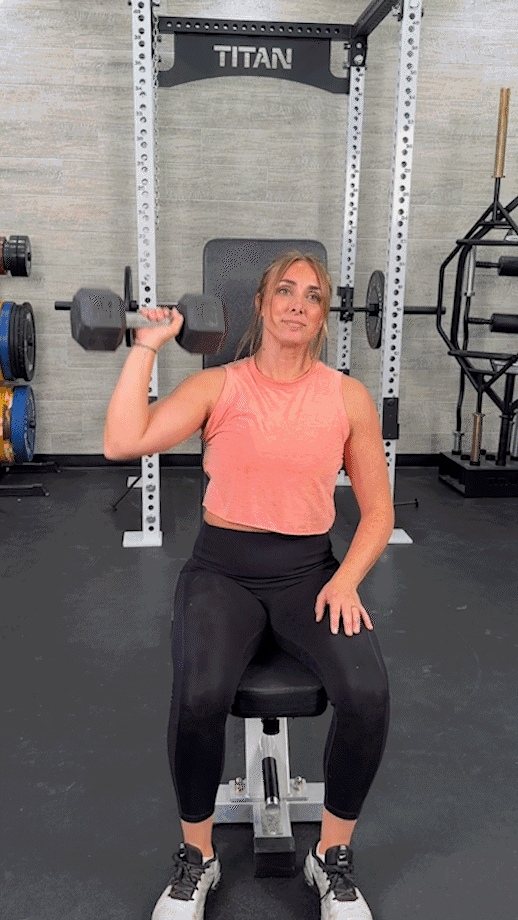
Single-Arm Bent-Over Row
Why we love it: It doesn’t matter if you’re doing a single-arm dumbbell row or cable row, this move is amazing for targeting your lats, traps, rhomboids, and posterior delts.
How to do it:
- Stand with a dumbbell held in one hand. Hinge forward and slightly bend both knees. You can also perform this exercise with your knee resting on a weight bench.
- Extend your working arm towards the floor, then pull the dumbbell into your sternum.
- Squeeze your back muscles, then slowly lower the weight back down.
- Repeat as needed, then switch sides.
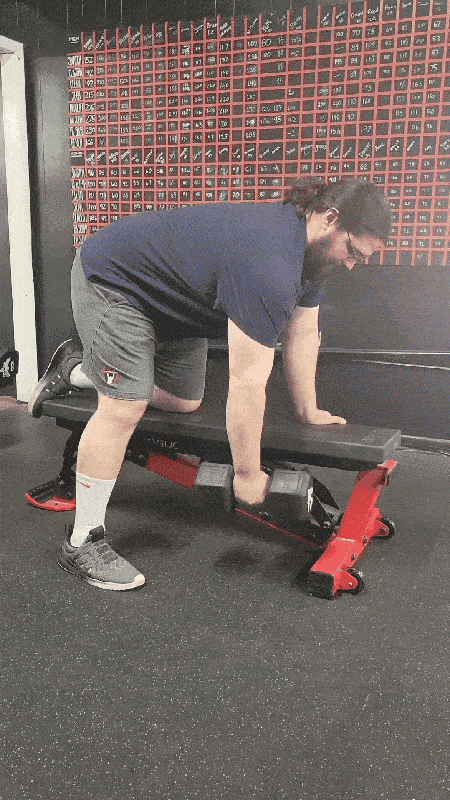
Half-Kneeling Pallof Press
Why we love it: The half-kneeling Pallof press requires a resistance band or cable machine, but it’s an underrated ab exercise that improves core stiffness by requiring your core muscles and obliques to resist trunk rotation throughout the range of motion.
How to do it:
- Adjust your cable machine or resistance band so it’s at shoulder height while you’re in a half-kneeling position. Then, take a knee, keeping the machine at your side.
- Hold the handle with both hands and pull it in front of your chest.
- Press the handle forward, fighting the pull of the machine.
- Slowly bring the handle back to your chest.
- Repeat as needed, then switch sides.
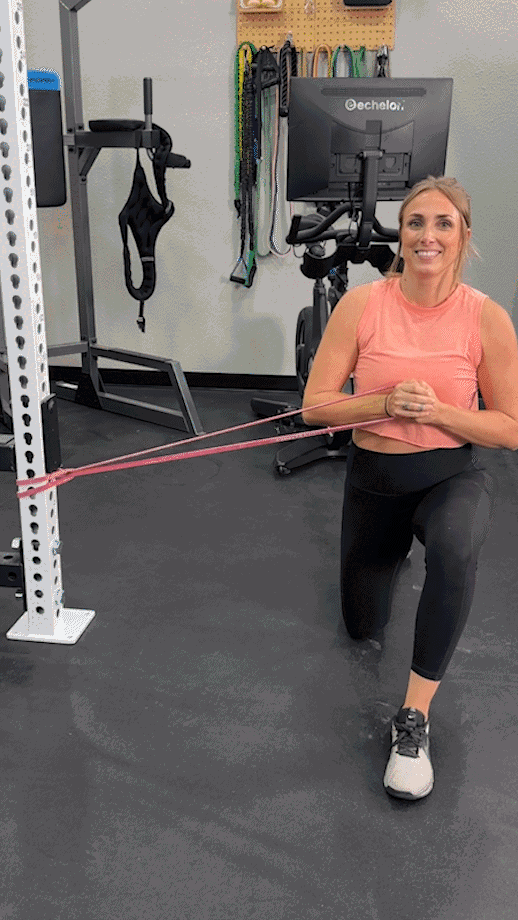
Half-Kneeling Landmine Press
Why we love it: You’ll need a landmine attachment for this one, but it’s one of the best unilateral movements for targeting the shoulders, chest, and triceps in one efficient motion.
How to do it:
- From a half-kneeling position, hold the end of the barbell in one hand.
- Press the bar up and away from your body until your arm is fully extended.
- Pause, then lower it back down.
- Repeat as needed, then switch sides.
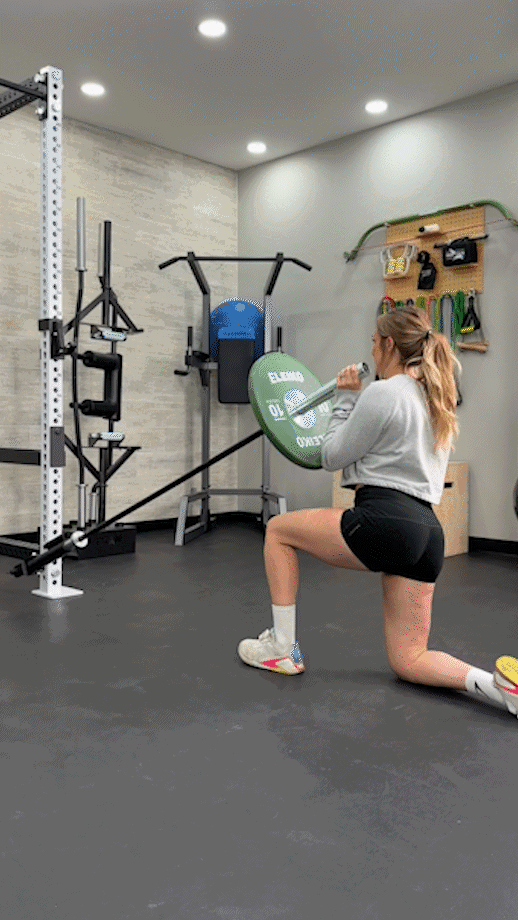
Suitcase Carry
Why we love it: “The suitcase carry involves holding a weight well, like a suitcase,” says Kate. “It’s essentially a unilateral farmer’s carry, meaning it’s a full-body exercise for improving lower body strength, grip strength, and core stability.”
How to do it:
- Slowly walk in a straight line, holding a free weight at your side like a suitcase.
- Walk for the desired distance or duration, then rest and switch sides.
RELATED: Farmer’s Walk Benefits
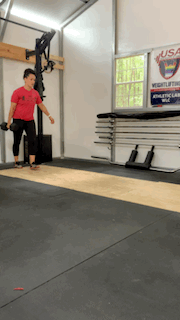
Single-Arm Overhead Carry
Why we love it: “The overhead carry improves overhead stability and increases wrist strength,” says Kate. “That translates nicely to weightlifting movements, especially your Olympic lifts.”
How to do it:
- Hold a weight in one hand and press it overhead.
- Slowly walk forward in a straight line.
- Walk for the desired distance or duration, then rest and switch sides.
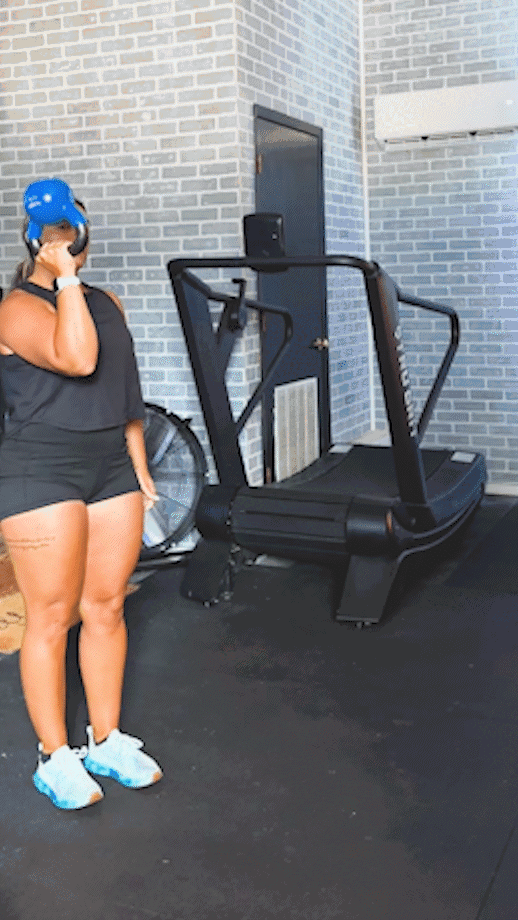
Unilateral Exercises: Final Thoughts
Using unilateral exercises may seem like a less time-efficient training method, but training one side of the body at a time offers many benefits. Unilateral training may also:
- Corrects muscle imbalances
- Enhance sport performance
- Address bilateral deficits
- Help prevent or rehab injuries
So, consider taking a little extra time in the gym and add a few sets of unilateral exercises to your workout routine. You won’t be sorry!
Unilateral Exercises: FAQs
What are unilateral exercises good for?
There are many benefits associated with unilateral exercises, but the main reason to utilize them is to eliminate the ability for one side to bear the brunt of the work during a bilateral lift.
For example, if you’re right-hand dominant and you tend to, consciously or unconsciously, lead with the right side during a bench press, you’ll experience more gains to your right side.
Doing single-arm dumbbell chest presses with your right arm and left arm separately ensures you perform equal work on both sides.
Can you build muscle with unilateral exercises?
Absolutely. Unilateral exercises produce similar, and in some cases superior, muscle activation as bilateral exercises.
What is the difference between unilateral and lateral exercises?
Terminology can be confusing. Here’s a quick guide:
– Uni: One, as in uno, unicycle, and unicorn
– Bi: Two, as in bicycle, binoculars, or bilingual
– Lateral: “Of, at, toward, or from the side or sides”
So, unilateral means one side, bilateral means two sides, and lateral by itself just means from the side or sideways, like the lateral lunge or lateral deltoid. You’ll get the hang of it!
References
1. Škarabot J, Cronin N, Strojnik V, Avela J. Bilateral deficit in maximal force production. Eur J Appl Physiol. 2016;116(11-12):2057-2084. doi:10.1007/s00421-016-3458-z
2. Behm DG, Leonard AM, Young WB, Bonsey WA, MacKinnon SN. Trunk muscle electromyographic activity with unstable and unilateral exercises. J Strength Cond Res. 2005;19(1):193-201. doi:10.1519/1533-4287(2005)19<193:TMEAWU>2.0.CO;2
3. Zhang W, Chen X, Xu K, et al. Effect of unilateral training and bilateral training on physical performance: A meta-analysis. Front Physiol. 2023;14:1128250. Published 2023 Apr 13. doi:10.3389/fphys.2023.1128250
4. Harput G, Ulusoy B, Yildiz TI, et al. Cross-education improves quadriceps strength recovery after ACL reconstruction: a randomized controlled trial. Knee Surg Sports Traumatol Arthrosc. 2019;27(1):68-75. doi:10.1007/s00167-018-5040-1
5. Elsotohy NM, Salim YE, Nassif NS, Hanafy AF. Cross-education effect of balance training program in patients with chronic ankle instability: A randomized controlled trial. Injury. 2021;52(3):625-632. doi:10.1016/j.injury.2020.09.065
6. Diamant W, Geisler S, Havers T, Knicker A. Comparison of EMG Activity between Single-Leg Deadlift and Conventional Bilateral Deadlift in Trained Amateur Athletes – An Empirical Analysis. Int J Exerc Sci. 2021;14(1):187-201. Published 2021 Apr 1.
7. Collings TJ, Bourne MN, Barrett RS, et al. Gluteal Muscle Forces during Hip-Focused Injury Prevention and Rehabilitation Exercises. Med Sci Sports Exerc. 2023;55(4):650-660. doi:10.1249/MSS.0000000000003091
Further reading

When you want fresh air while you work out but you don’t want to let the bugs in, our top picks for best garage door screen has you covered. Read more

Plunge impressed us with their cold plunge tubs, but is their sauna worth buying? We’ll look at their introduction to home saunas in this Plunge Sauna review. Read more

If the Rogue Ohio Power Bar and Texas Power Bar had a baby, it would be the Fringe Sport Lone Star Power Bar. Featuring a high-quality knurl, high tensile strength, lifetime warranty, and being made in the USA of US-sourced steel, the Fringe Sport Lone Star Bar is a beast. Read more

With a heavy-duty material and your choice of chiller, is this inflatable ice bath worth it? Check out our Hydragun Supertub Cold Plunge review for more. Read more

